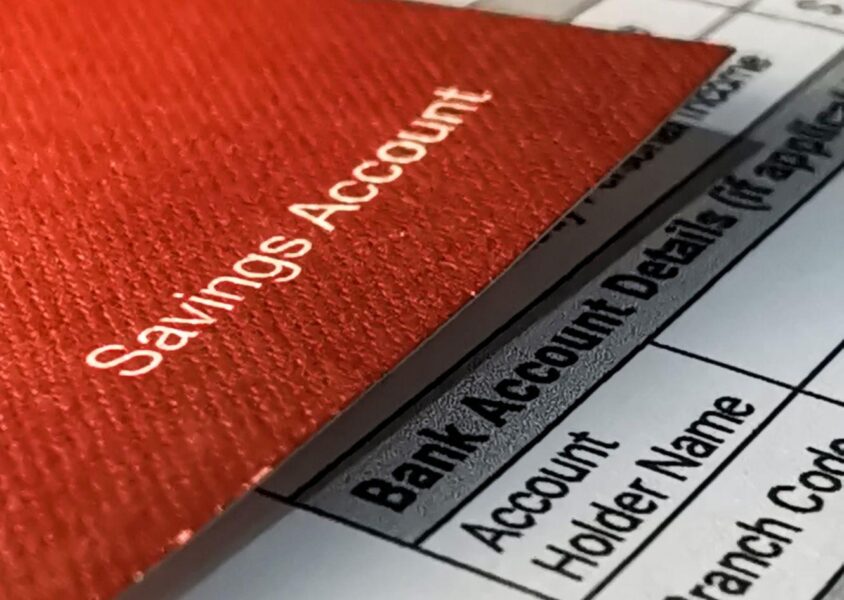Choosing Bank Account Types

A checking account is a type of bank account that is designed for everyday financial transactions such as paying bills, making purchases, and withdrawing cash. Checking accounts typically come with a checkbook and a debit card, which can be used to access the account.
A savings account is a type of bank account that is designed for saving money over the long term. Savings accounts often offer a higher interest rate than checking accounts, which means that the money in the account will earn more interest over time. However, savings accounts typically have lower withdrawal limits and may charge fees for excessive withdrawals.
Both checking and savings accounts are useful for managing money and can be a good choice depending on your financial needs and goals. If you need a account for everyday financial transactions, a checking account may be the best choice. If you are looking to save money over the long term, a savings account may be a better option. It’s a good idea to compare the features and fees of different accounts to find the one that works best for you.
It is typically possible to transfer money from one account to another. The specific process for transferring money between savings accounts can vary depending on the financial institution and the type of account you have.
Here are a few common ways to transfer money between savings accounts:
Online banking: Many financial institutions offer online banking platforms that allow you to easily transfer money between accounts. You can usually initiate the transfer through your online account or mobile app.
Wire transfer: A wire transfer is a type of electronic transfer that allows you to send money directly from one bank account to another. This can be a fast and convenient way to transfer money between savings accounts, although it may involve fees.
Check: Some financial institutions may allow you to write a check from one savings account and deposit it into another account. This can be a slower process, as it may take a few days for the check to clear.
In-person transfer: Some financial institutions may allow you to transfer money between accounts in person at a bank branch or other location. This can be a good option if you need to transfer a large amount of money or if you prefer to handle the transfer in person.
The best type of bank account for you will depend on your specific financial needs and goals. Here are a few factors to consider when choosing a bank account:
Fees: Many bank accounts charge fees for various services, such as overdrafts or account maintenance. You may want to look for an account with low or no fees to help save money.
Interest rate: If you are looking to save money over the long term, you may want to consider an account with a higher interest rate. Savings accounts typically offer a higher interest rate than checking accounts, although the rate may vary depending on the financial institution.
Accessibility: You may want to consider an account that is easily accessible, such as one with a large network of ATMs or branches. This can make it easier to withdraw or deposit money when needed.
Online features: If you prefer to manage your finances online, you may want to look for an account with convenient online features, such as the ability to manage your account through a mobile app or make payments online.